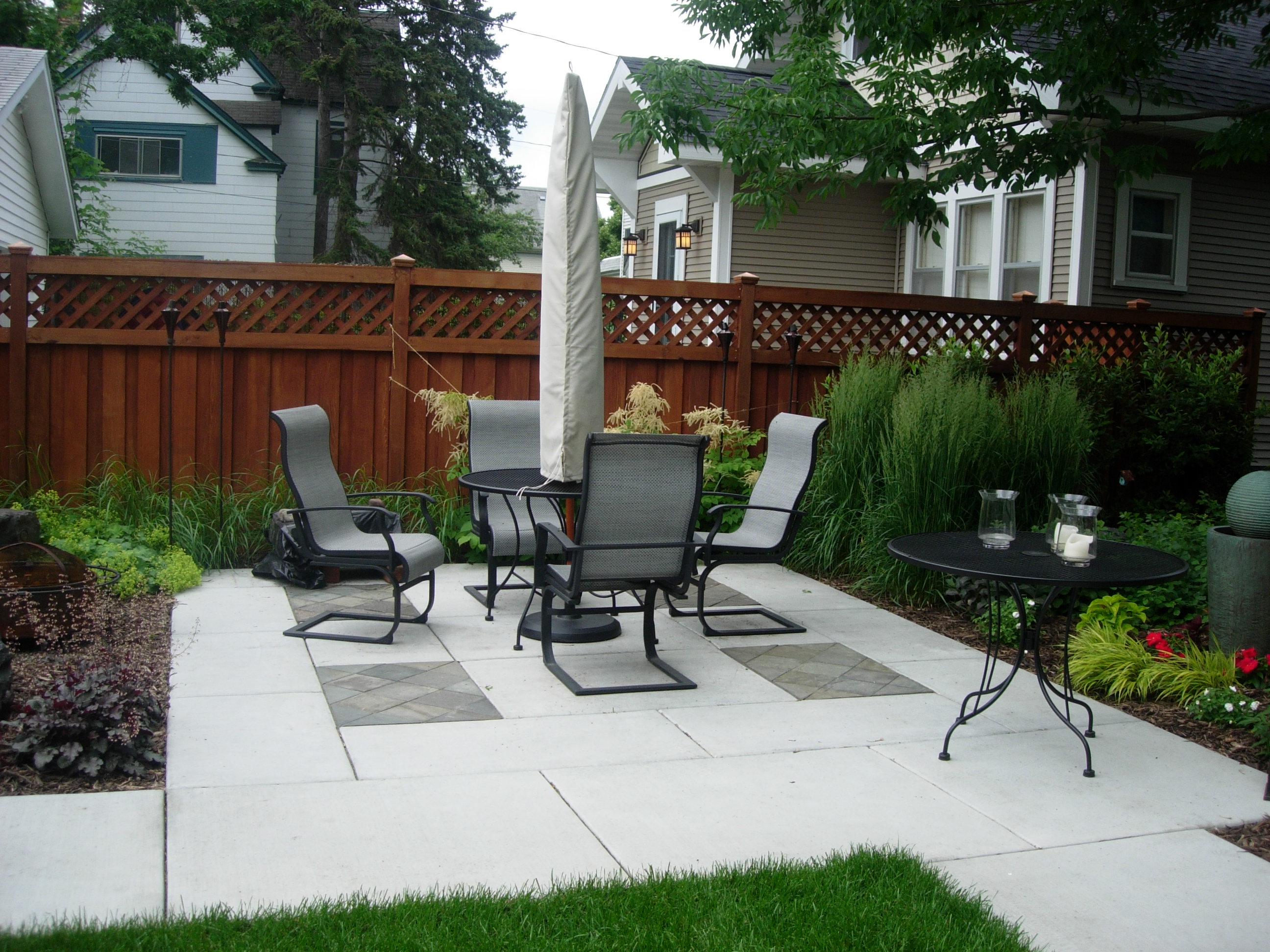When it comes to small gardens, every plant, path and patio matters.
“Everything has to function well, fit well and flow well,” said Eileen Obermiller, a landscape architect and Oregon State University Extension Service master gardener. “Small gardens can be a less-is-more situation. But that doesn’t mean you can’t have it richly textured.
“Lots of texture can be wonderful, but you must keep it as orderly and tidy as you can.”
The place to start, as with any garden, is a site assessment, said Obermiller, who has designed gardens as small as 600-square-feet or the size of a two-car driveway. Monitor the landscape to find where the sun hits and where the shade falls. Check for windy areas and wet ones. How much rain is there and where does it drain? Are there views that need screening or ones you want to enjoy? Make sure to note where the overhead lines are located. These observations will help determine where to place hardscape and plants.
Once you’ve got that done, consider how you’ll use the space and the elements you want to include. Keep in mind that even large gardens have small spaces within them – side yards, entrances, patios and courtyards. Treat those areas the same way as you do overall small gardens, said Obermiller, who owns Dappled Earth – designs to nurture life! in Powell Butte. She has the following advice:
Priorities: If you want a table for eight and a fountain, you might instinctively think about a smaller table. But if entertaining is an important part of your lifestyle, keep the table at the size you need and put in a wall fountain that takes up less space. “Where you decide to downsize is important,” she said.
Size: Pay attention to the mature height and width of plants. “One of the biggest mistakes people make in small – and large – gardens is to plant something that will be too big. Then they try to hedge it or prune it,” she said. “They’re constantly fighting it.”
Plants: Don’t eschew plants with large foliage. Though a little can go a long way, plants like bear’s breeches (Acanthus mollis), native umbrella plant (Darmera peltata), Japanese aralia (Fatsia japonica) and cardoon (Cynara cardunculus) are good candidates placed in the back of a bed. If you’re looking for a tropical feel, mingle the huge leaves of hardy banana with the fine texture of a hardy palm. All add drama and stature but don’t take over if used judiciously.
Size is not all to consider, though. Add in some brightly colored foliage and flowers so the garden doesn’t blend into a mass of green. Put them up close and personal in order to enjoy them the most. Stick to one color palette – shades of purple and yellow for example – to keep the garden from looking too busy. Also, don’t play “onesies.” Repeat plants to keep the garden from looking busy.
Paths: No matter how small the garden, pathways add structure and circulation. Though you’ll be tempted to make them small, Obermiller said to keep main paths six feet wide or it will be uncomfortable to navigate.
Hardscape and structures: As with paths, don’t miniaturize them. It’s better to build fewer structures than to make them too small to be used comfortably. There’s usually more activity swirling around outside than inside, so leave enough space around table and chairs for kids and dogs to get around tables and people to be able to push back their chairs and gab.
Storage: Build in storage for tools, cushions, lighting, garden art and hoses. Benches and ottomans with storage can hold tools, gloves, candles and cushions. Shelves can also store plenty. Starting plantings four feet away from the house gives space to hide things like buckets, hoses and little garden carts. “It’s heavy on function,” Obermiller said.
Garden up: Trellises, walls and window boxes offer more avenues for plants.
Perspective: Create a focal point. Long, straight lines that taper slightly inward to the end will trick you into thinking the space is larger than it really is.

